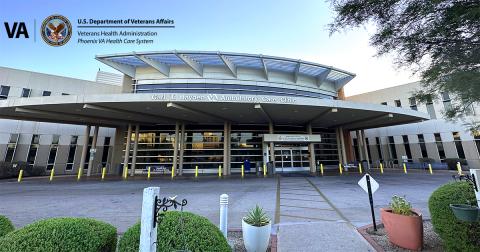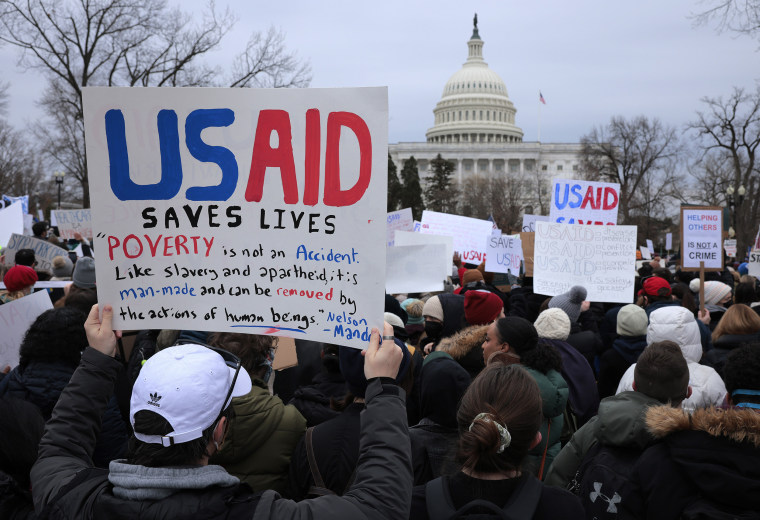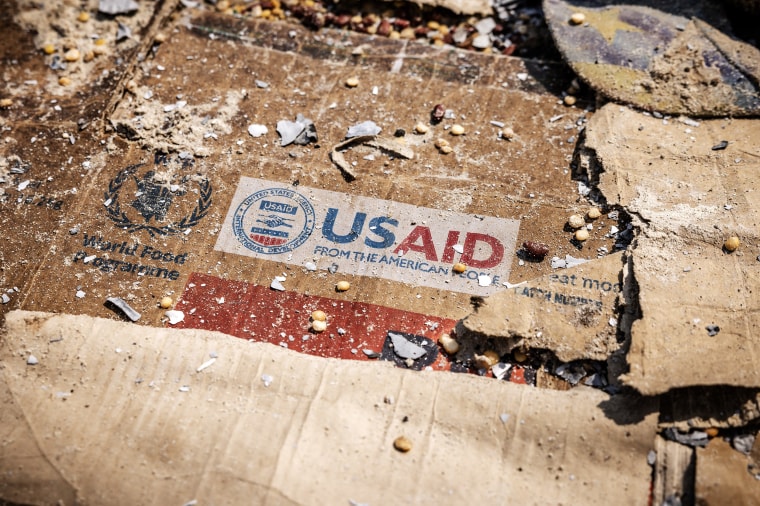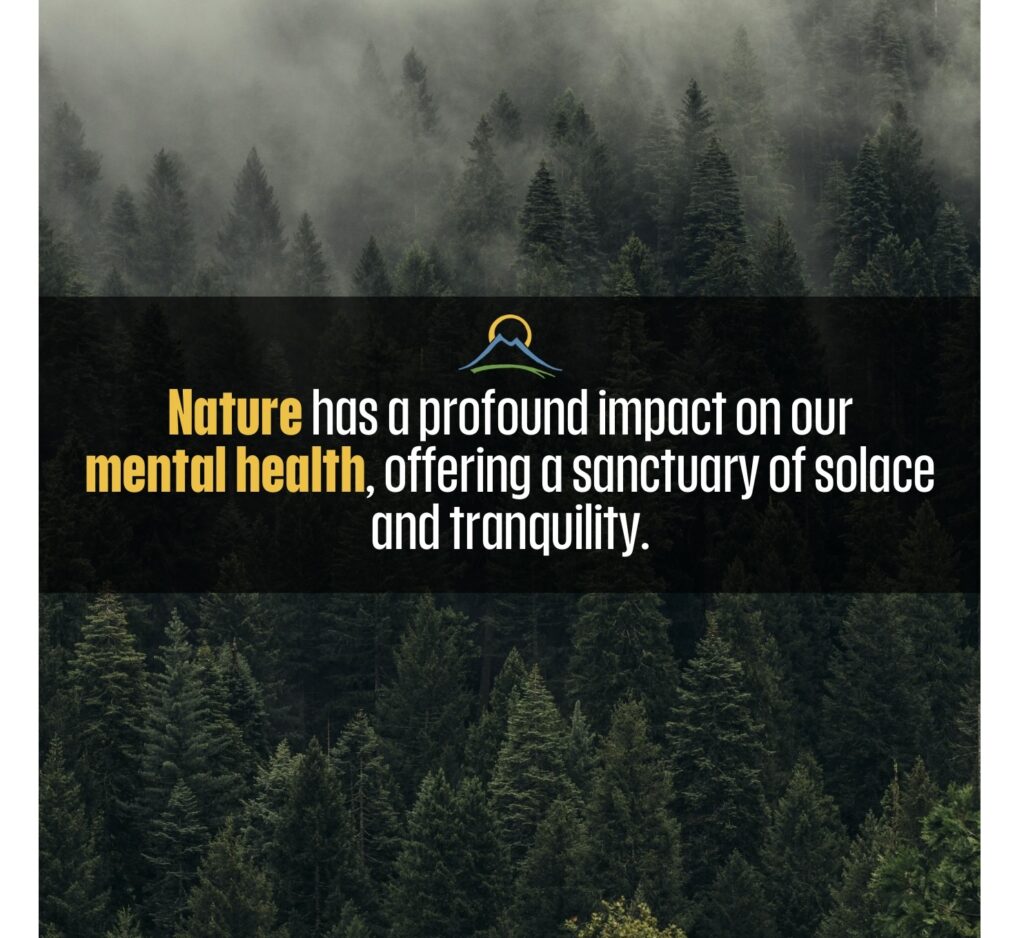Report on Polite Homophobia and its Conflict with Sustainable Development Goals
Introduction: Microaggressions as an Obstacle to Sustainable Development
Subtle forms of discrimination, often termed “polite homophobia,” present a significant barrier to achieving the United Nations Sustainable Development Goals (SDGs). This phenomenon manifests not as overt aggression, but through seemingly innocuous comments, conditional acceptance, and microaggressions that invalidate the identity and experiences of LGBTQ+ individuals. Such actions directly undermine the foundational principles of equality, inclusion, and well-being that are central to the 2030 Agenda for Sustainable Development, particularly impacting progress on SDG 3, SDG 5, SDG 10, and SDG 16.
Impact on Sustainable Development Goal 3: Good Health and Well-being
The repeated exposure to microaggressions has a measurable and detrimental effect on the mental health of LGBTQ+ individuals, directly contravening the objective of SDG 3 (Good Health and Well-being). The cumulative psychological burden of navigating these subtle forms of prejudice leads to a condition known as “minority stress.” This ongoing stress is a significant contributor to higher rates of anxiety, depression, and social isolation within the community. The constant invalidation erodes an individual’s sense of safety and belonging, which are critical components of mental and emotional well-being.
Undermining SDG 10 (Reduced Inequalities) and SDG 5 (Gender Equality)
Polite homophobia perpetuates systemic discrimination, creating significant challenges for the realization of SDG 10 (Reduced Inequalities) and the broader principles of SDG 5 (Gender Equality). These goals call for the social and political inclusion of all people, irrespective of status, and the elimination of discriminatory practices. Microaggressions reinforce the message that the acceptance of LGBTQ+ individuals is conditional upon them minimizing their identity, thereby fostering an environment of tolerance rather than genuine inclusion and equality. This directly opposes Target 10.2, which aims to empower and promote the inclusion of all.
Common Manifestations of Exclusionary Microaggressions
These discriminatory attitudes are often conveyed through statements that, while appearing polite, reinforce inequality:
- Statements demanding invisibility, such as, “I don’t care what people do, but I wish they wouldn’t shove it in our faces.”
- Conditional support that silences identity, for example, “I support you, but you don’t need to talk about it all the time.”
- Compliments that are rooted in harmful stereotypes, like, “You’re gay? You don’t look it.”
- Expressions of conditional affection, such as, “We love you, we just can’t celebrate that.”
- Comments that frame LGBTQ+ identity as a threat, for instance, “I don’t have a problem with gay people… as long as they don’t hit on me.”
The Role of Social Inclusion in Achieving SDG 16: Peace, Justice, and Strong Institutions
SDG 16 (Peace, Justice and Strong Institutions) aims to promote peaceful and inclusive societies for sustainable development. The persistence of polite homophobia undermines this goal by fostering environments where a segment of the population is not fully accepted or safe. True societal inclusion, as envisioned by SDG 16, requires more than the absence of overt violence; it demands the elimination of subtle, discriminatory practices that prevent individuals from participating fully and authentically in society. Unconditional acceptance is a prerequisite for building the just and inclusive institutions that this goal seeks to establish.
Strategic Responses to Foster Inclusive Environments Aligned with the SDGs
Addressing microaggressions is a critical step toward creating societies that reflect the values of the Sustainable Development Goals. Individuals and communities can adopt strategies to challenge polite homophobia and protect the well-being of those targeted.
Recommended Actions for Individuals and Communities
- Establish Clear Boundaries: A direct response can clarify the impact of harmful language. An effective approach is to state, “I understand you may not intend harm, but that comment is hurtful. I require my identity to be respected.” This action supports an environment of mutual respect, crucial for SDG 10 and SDG 16.
- Promote Critical Reflection through Inquiry: Asking a simple question like, “What do you mean by that?” can prompt the speaker to examine the underlying assumptions of their statement. This encourages dialogue and awareness, contributing to more inclusive social norms.
- Prioritize Personal Well-being: In line with SDG 3, individuals targeted by microaggressions must be empowered to protect their mental health. There is no obligation to educate every person, and disengaging from a harmful interaction is a valid and necessary act of self-preservation.
Conclusion: The Imperative to Align Social Conduct with Global Development Goals
To realize a world where all individuals feel safe, valued, and seen, it is essential to address all forms of discrimination. The elimination of polite homophobia is not a peripheral issue but is central to the success of the Sustainable Development Goals. Achieving genuine equality, well-being, and justice requires moving beyond conditional tolerance to foster environments of unconditional acceptance. True support and inclusion, as mandated by the 2030 Agenda, leave no room for exceptions or conditions.
Analysis of Sustainable Development Goals (SDGs) in the Article
1. Which SDGs are addressed or connected to the issues highlighted in the article?
- SDG 3: Good Health and Well-being: The article directly addresses this goal by highlighting the negative impact of “polite homophobia” and microaggressions on the mental health of LGBTQ+ individuals. It explicitly mentions that these experiences contribute to “anxiety, depression, and a sense of isolation” due to “minority stress.”
- SDG 10: Reduced Inequalities: This is a central theme of the article. The concept of “polite homophobia” is a form of discrimination that creates and reinforces social inequality. The article describes how these actions, while subtle, send a message that LGBTQ+ people “don’t belong” and are “tolerated, not accepted,” directly addressing the need to reduce inequalities based on sexual orientation (covered under “other status”).
- SDG 16: Peace, Justice and Strong Institutions: This goal aims to promote peaceful and inclusive societies. The article’s call for a world where “LGBTQ+ people feel fully safe and seen” aligns with the objective of building inclusive societies. The psychological harm caused by microaggressions, which “chip away at your sense of safety and belonging,” is contrary to the principles of peace and justice for all members of society.
2. What specific targets under those SDGs can be identified based on the article’s content?
- Target 3.4: By 2030, reduce by one third premature mortality from non-communicable diseases through prevention and treatment and promote mental health and well-being. The article’s focus on the “hidden toll on mental health,” including “anxiety, depression, and a sense of isolation” resulting from microaggressions, directly relates to the promotion of mental health and well-being.
- Target 10.2: By 2030, empower and promote the social, economic and political inclusion of all, irrespective of age, sex, disability, race, ethnicity, origin, religion or economic or other status. The article illustrates a lack of social inclusion through examples like “We love you, we just don’t support that lifestyle,” which reinforces the idea that LGBTQ+ people should “shrink themselves to be acceptable,” hindering their full and equal participation in society.
- Target 10.3: Ensure equal opportunity and reduce inequalities of outcome, including by eliminating discriminatory laws, policies and practices and promoting appropriate legislation, policies and action in this regard. “Polite homophobia” is a discriminatory social practice. The article argues that addressing these “subtler form[s] of prejudice” is necessary to achieve true acceptance and equality, as they “invalidate who you are while pretending to accept you.”
- Target 16.b: Promote and enforce non-discriminatory laws and policies for sustainable development. While the article focuses on social attitudes rather than laws, its core message is a call to end discriminatory practices. The plea for a world where LGBTQ+ people are “fully safe and seen” supports the principle of promoting and enforcing non-discriminatory norms and behaviors, which are the foundation for non-discriminatory policies.
3. Are there any indicators mentioned or implied in the article that can be used to measure progress towards the identified targets?
- Implied Indicator for Target 3.4: The article states that “repeated microaggressions contribute to anxiety, depression, and a sense of isolation.” This implies that progress could be measured by the prevalence of mental health conditions (e.g., anxiety, depression) and self-reported feelings of isolation among LGBTQ+ individuals. A reduction in these rates would indicate improved mental well-being.
- Implied Indicator for Target 10.2/10.3: The article is built around examples of microaggressions and discriminatory comments (“You don’t look gay!”, “I wish they wouldn’t shove it in our faces.”). This suggests an indicator such as the proportion of individuals reporting having experienced discrimination or microaggressions based on their sexual orientation. The frequency and nature of these reported incidents would measure the persistence of discriminatory practices.
- Implied Indicator for Target 16.b: The article emphasizes the need for LGBTQ+ people to feel “fully safe and seen” and for a sense of “safety and belonging.” This points to an indicator related to perception, such as the proportion of the LGBTQ+ population that reports feeling safe, accepted, and included in their community. A decrease in individuals feeling they must “stay quiet” or hide their identity would signify progress.
4. Summary Table of SDGs, Targets, and Indicators
| SDGs | Targets | Indicators (Implied from Article) |
|---|---|---|
| SDG 3: Good Health and Well-being | Target 3.4: Promote mental health and well-being. | Prevalence of mental health conditions like anxiety and depression among LGBTQ+ individuals. |
| SDG 10: Reduced Inequalities | Target 10.2: Promote the social inclusion of all, irrespective of “other status.” Target 10.3: Eliminate discriminatory practices. |
Proportion of individuals reporting experiences of discrimination or microaggressions based on sexual orientation. |
| SDG 16: Peace, Justice and Strong Institutions | Target 16.b: Promote and enforce non-discriminatory policies and practices. | Proportion of the LGBTQ+ population reporting a sense of safety, belonging, and acceptance within their community. |
Source: patheos.com







